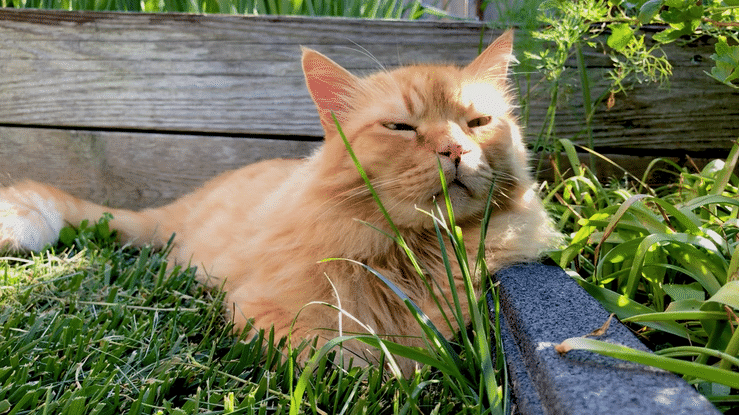
Jul 27, 2022 Considering Cats
International Cat Day is celebrated every year on August 8. The day was created in 2002 by the International Fund for Animal Welfare, but the current custodian is the UK-based International Cat Care.
WellBeing International (WBI) has published several newsletter articles about cat management. WBI will celebrate 2022 World Cat Day by reporting on the results of an intensive count of cats in Washington, D.C. Known as the DC Cat Count, various funders and animal protection groups supported the project (total cost of around $1.5 million), which was launched in 2018 with the following objectives:
- Rigorously quantify all segments of the cat population (owned, outdoor unowned, and shelter cat intakes) within Washington, D.C. using the most advanced cat counting methods;
- Estimate the rates at which cats move from one population segment to another (via adoption, abandonment, relinquishment, etc.);
- Determine where management interventions might be most effective; and
- Evaluate different counting methods (e.g., transect counts) for tracking outdoor cat populations and assessing management impacts.
The methods used to estimate the total cat population in Washington, D.C. had to estimate the total owned cat population and the number of owned and unowned cats roaming outdoors. The methods included a camera trapping survey and transect counts to estimate outdoor cat populations. In addition, household surveys were used to determine indoor cat populations. The final DC Cat Count estimates are given in the table below.
| Total Population | Always Indoors | Some Outdoor Access | Always Outside | |
| Owned Cats | 197,062 | 104,443 | 72,912 | 19,706 |
| Unowned Cats | 6,533 | 0 | 0 | 6,533 |
| TOTAL | 203,595 | 104,443 | 72,912 | 26,239 |
The DC Cat Count produced several surprising cat number outcomes. First, only around 3% of the cats in Washington, D.C., were identified as feral. This percentage is a much lower proportion than is commonly assumed by those concerned about the potential wildlife predation by unowned cats. Second, the estimated number of owned cats in Washington, D.C. is much higher than the estimates reported by the surveys carried out by the American Veterinary Medical Association (AVMA). The 2016 AVMA survey in Washington, D.C., reported only 53,000 pet cats – about one-quarter of the estimate produced by the DC Cat Count. We do not know why these two surveys produced such very different estimates, but we can be reasonably confident that the DC Cat Count estimate is closer to the actual population of pet cats.
There are indications that the survey methods used to estimate pet populations impact the final estimated pet populations. For example, random digit dial and face-to-face surveys appear to produce lower estimates of pet populations than other methods. Online surveys appear to deliver the highest pet population estimates, but we do not know how or why different survey methods influence pet population estimates. The various methods also revealed fewer outdoor cats in high-income neighborhoods than in low-income neighborhoods.
The camera-trap methods used around 1,500 motion-triggered cameras located in natural areas and produced around 5.2 million photos, 1.2 million cat photos, and 4 million photos of other animals. The most common animal “captured” by the cameras were dogs but one picture was of a bobcat, the first documented sighting of such an animal in Washington, D.C. in modern times. However, cats were only rarely “trapped” in major Washington, D.C. parks indicating that their impact on native wildlife in natural areas is liable to be small.
There are now several published reports in the scientific literature arising from the DC Cat Count. Here are links to a publication providing cat population estimates and a publication reporting on cat predation in Washington, D.C. Neither of these publications is open access. Still, there is a one-hour YouTube talk on the DC Cat Count and its results. One can also access “storymaps” on Washington, D.C., cat shelter intake produced by ArcGIS. Finally, for those interested in conducting a cat count in their community, the DC Cat Count has created a toolkit to suggest how it might be accomplished.
On August 8, spare a thought for cats across the globe. Approximately 400 million are fortunate enough to have a loving home, but maybe an equal number are doing as best they can as “camp followers” in and around human communities.


